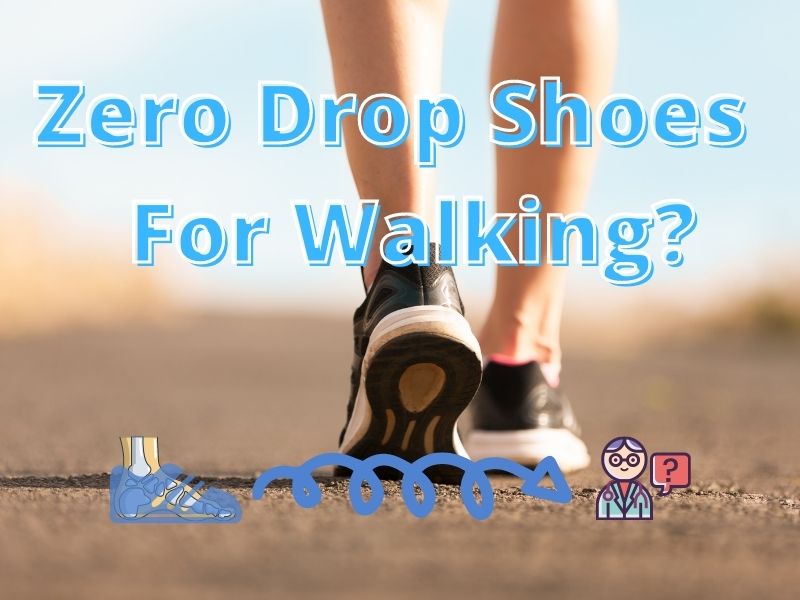Walking may sound simple, but it involves the majority of your body’s muscles, bones, ligaments, and joints. Therefore, shoes should be chosen to compliment how your body mechanics work.
One of the best options for walking shoes is zero-drop shoes. Zero-drop shoes are good for walking because they allow your feet to sit in a natural position that helps with spine alignment and posture and allows you to walk more efficiently.
Zero-drop shoes aren’t for everyone (Read more below). For those who can wear them, they’re designed in a way that the toes and the heel are the same distance from the ground. This design can protect our feet and benefit body joint alignment.
Zero-Drop Shoes Strengthen Feet
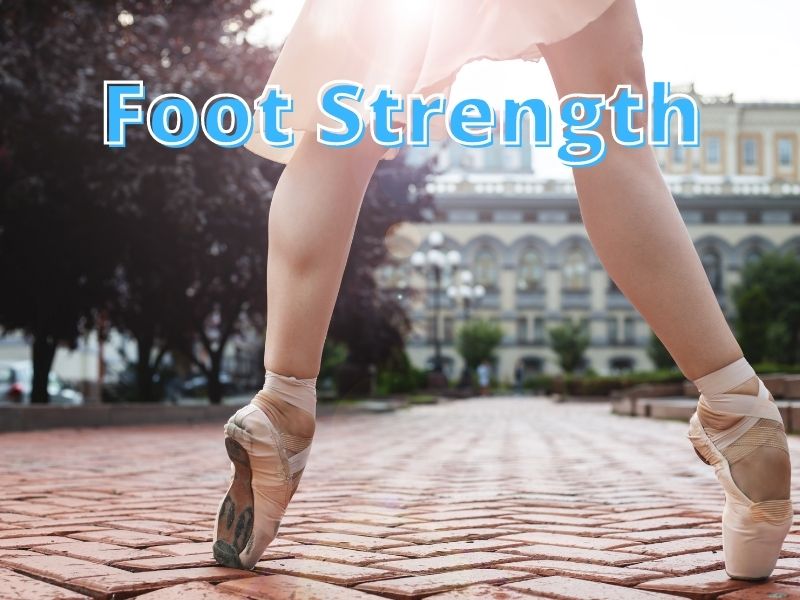
Zero-drop shoes help you develop stronger feet so you can walk longer. These shoes increase your foot strength as they likely have little artificial support, unlike most modern shoes.
After a time, with increased foot strength, you’ll have improved stamina, and better body alignment, with improvement to your posture and stability while walking.
Zero-drop shoes can be soft, grippy, and flexible, which improves your walking and running style. These shoes have a neutral position for your feet, which mimics a more natural running and walking experience.
Zero-drop shoes allow your foot to move, bend, and flex in a more natural way. They are usually very lightweight shoes, so you can hardly feel you are wearing them. These shoes offer a roomy toe box that can help the wearer’s feet feel natural and comfortable.
Putting your foot in a wide toe-box shoe with a flexible sole naturally strengthens the feet. As they say, prevention is better than cure, so wearing minimalist-style shoes regularly will allow your toes to have wriggle room that will ultimately make your calves and feet stronger.
Zero-Drop Shoes Promote Natural Walking Biomechanics
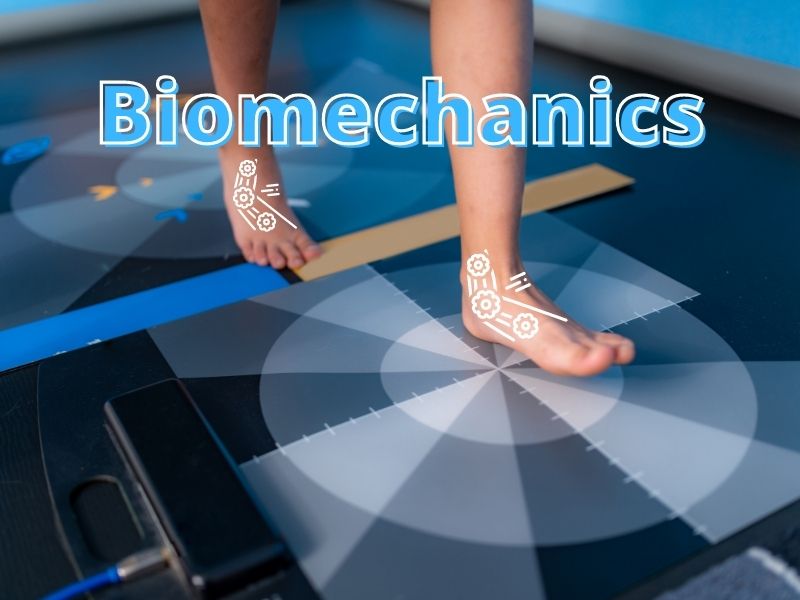
Zero-drop shoes give you the feel of natural walking as your feet tend to flex more than if you were barefoot. Whichever material is being used in zero-drop shoes usually helps you feel like your foot is moving naturally, just like your ancestors, who walked barefoot much of the time.
These shoes have been designed to be more breathable, and their outsole has been updated to be more naturally flexible. This flexibility helps and supports the tendons and bones of the foot. These shoes have been designed to liberate your walk and run so that you can fully enjoy the natural movement of your foot.
Some shoe designs promote lightweight guide rails that maintain a rhythm in your motion, and the midsole cushioning provides impact support for your walk.
Not all zero-drop shoes have a natural feel. If you really want to go for a zero-drop shoe that gives you the true experience of a natural walk position, look for something that says 0mm heel to toe drop and has a relatively thin midsole.
Though walking and running are beneficial for health, they may sometimes cause injuries. To avoid these injuries, look for shoes that are best for your experience level. A thicker midsole and higher arch support are for beginners, and a thinner midsole and lower arch support are for stronger feet.
Zero-Drop Shoes Lasts Longer
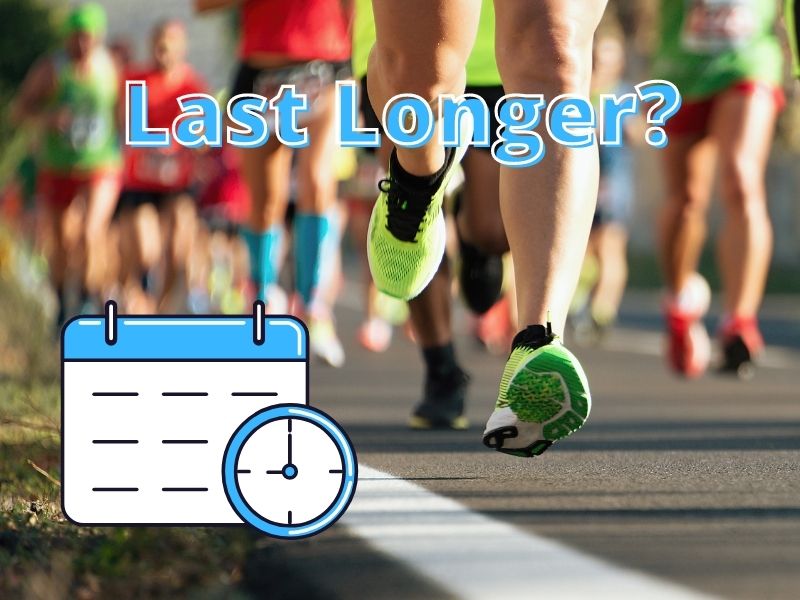
Zero-drop shoes last longer and are better for feet as their midsoles are usually made of high-quality materials. However, now there are more shoes on the market that say they are zero-drop shoes but are actually just like water shoes.
Be careful to get shoes that are right for your feet and made with quality materials if you expect them to last longer.
Zero-drop shoes are usually minimalist in design and are lighter in weight, with lighter material being used.
Some use unique midsole foam that is very durable over time and many have a unique blend of proprietary technology for their brand.
They make their shoes light on purpose, so you may not have extra structure or cushioning, which helps improve your endurance.
Always choose shoes that are made of high-quality construction, as these materials give you a better guarantee of performance, reliability, and durability. Unless you’re looking for a casual zero-drop shoe, go for a trusted brand that knows how to make quality shoes.
While buying zero-drop shoes, you have multiple options to choose from. You can buy a zero-drop shoe that has rubber-made outsoles, as they’re more durable and offer traction or foam soles.
In zero-drop shoes, high-quality textile materials are being used that help breathability to allow air circulation in your shoe. This results in dryer feet and a sock-like feeling on your feet.
The ankle collar and tongue of these shoes can have lighter pads for extra comfort and also to prevent internal shaking.
Zero-drop shoes are designed to have a zero millimeter heel-to-toe drop to make your feet feel natural movement, low impact feet landing, and promote natural foot alignment. The outsole may be rubber; this material is flexible, reliable, and durable.
This material provides excellent traction, so you can avoid slipping on dry and wet grounds, thus making it an adaptable shoe for any kind of terrain.
The midsole is packed with padding material to make your feet comfortable. In the majority of the zero-drop shoes, EVA foam is used as a midsole material, as it absorbs the shocks. This midsole provides your foot extra protection from impacts.
The midsole material is resistant to wear and tear and is fairly durable. Remember that most midsoles get compressed and need about a day to decompress to give you the best protection. Many midsoles are made from recycled materials, which makes them somewhat eco-friendly.
I’ve noticed that most zero-drop shoes are stretchable and have a wide toe box that fits the shape of your toes. If you are interested in running at night, you can find some zero-drop shoes with reflective material on them.
Zero Drop Shoes Transition Period
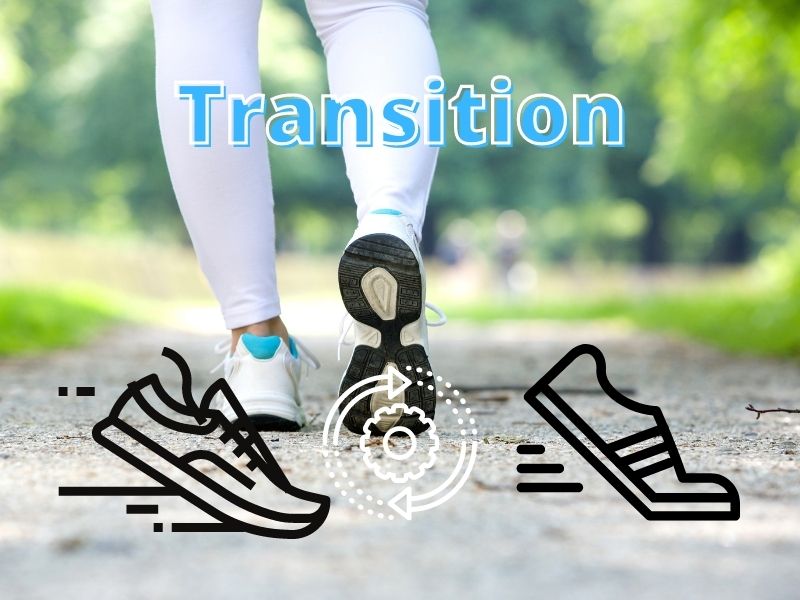
Getting into zero-drop shoes may assist your body in moving in a healthier manner. But if you have been using regular thicker, less flexible shoes for a while, your feet might feel uncomfortable after wearing zero-drop shoes.
Transitioning and adapting to minimalist shoes needs to happen gradually. To improve the process, you can perform simple tasks like walking around barefoot when you’re home. If walking outside, use shoes that are flat and flexible to make your feet work.
If your calves are not flexible and or tight, this can also impact your transition. Working on having more flexible calf muscles will help you gain a natural walking position.
If you are a heel striker, be prepared because the transition may take longer than you expected. It might take three to six months. Taking track workouts, for example, long walks with hundred-meter intervals on alternative days may be recommended for athletes.
Then, start to run slowly on trails or other surfaces, as though you were beginning from scratch. Wait for a break in your running timetable to roll out an improvement to your form.
Consider beginning with a low-drop shoe having a little stack height to help you with slipping into longer runs without getting injured. Shifting from a 12mm wedge to no wedge shoes will highly affect the degree of support on your knees, feet, and hips. So take it slow.
Also, your brain, tendons, muscles, ligaments, and nerves all work together; your nerves will be somewhat rewired. Transitioning to these shoes may be a totally different thing from what you have been doing all your life. It will take time to change how your body works.
To reduce your body stress, you can go for an 8mm drop, then a 4mm drop, and ultimately to zero drop. It might happen that you begin to feel comfortable with a 4mm drop shoe rather than a zero-drop shoe, and it may give you an efficient and injury-free run and walk.
For athletes, it is suggested to start with a tracking exercise, for example, 50 – 100-meter spans focusing on one run at a time. Do it every alternative day to give your muscles and tendons time to rest.
Remember to stretch your calf muscles as needed. Give this transition as much time as needed to fully allow your body to adapt to this new way of walking.
Zero Drop Shoes Are Not For Those Who Have Foot Problems

Zero-drop is not recommended in cases where you’re suffering from Achilles tendonitis or plantar fasciitis pain. The said injuries may not be fixed by using zero-drop.
Several studies suggest that the inverse is true: supporting the arch, padding for the soles and heels, and the use of orthotics are helpful.
If your foot has poor structure, for example, flat feet, wearing zero-drop will maximize the chances of having musculoskeletal injuries.
Everybody with flat feet doesn’t experience foot pain; however, individuals with flat feet overpronate, which implies the collapse of the arch for a significantly longer time during walking when your foot is on the ground.
The arch may not be receiving any support from zero-drop shoes, and overpronation can further cause other issues like plantar fasciitis, bunions, tendonitis, stress fractures, calf pain, and shin splints
Are Zero Drop Shoes Right for You? Doctors can Help.
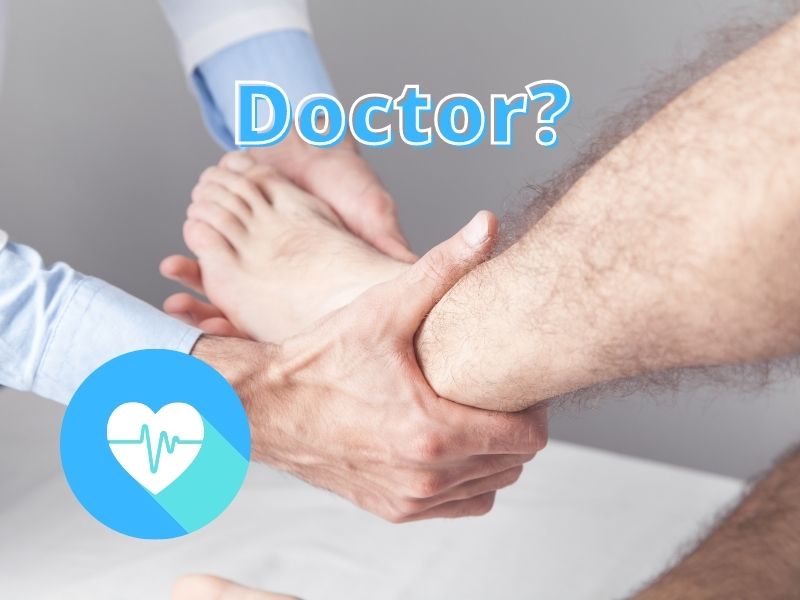
A physical therapist or doctor can guide you regarding your foot health and if zero-drop shoes are right for you. A physical therapist can analyze how you walk.
I’ve noticed that people who wear flip-flops all the time have outward-pointed feet. Our shoes, in large part, determine how we walk. Your latent biomechanical tendencies that influence your walk/gait may or may not determine if zero-drop shoes will cause injury to you.
When you consult your doctor or physical therapist, let them know you want stronger feet and would like to wear zero-drop shoes. They can suggest the type of shoe you may want to consider.
Before the transition, a comprehensive history, physical checkup, and biomechanical assessment should be conducted in order to check if your joints and muscles have the tendency and flexibility to walk normally with zero-drop shoes.
If your feet are not ready, I’m sure you’ll be given a whole list of ways to get stronger feet and better alignment. Avoid the risk of physical injury by using caution and asking for help.
High Arches May Be OK
This video shows ways to test if you’re ready for minimalist shoes. Although not all zero-drop shoes are minimalist, I think most would fall into this category because there is usually a transition period needed when changing from regular shoes.
Zero-drop may help improve walking and running gait. Some people have high arches. It’s usually the genetics they’re born with. This can be helpful if you want to use zero-drop shoes because some people can transition to this shoe type just like anyone else with healthy feet.
Zero-drop shoes tend to improve gait, which implies healthier feet and body. Hence, regardless of the structure of the arch that is adopted for a zero-drop shoe, it may support you in achieving a better walking style and foot strength.
Research shows that comparatively, the unshod school kids have wider feet. This is usually a sign of foot strength and having a healthy arch.
Another study has revealed that positive changes were seen in the arches of people having zero drop shoes or barefoot activities. According to the third study, barefoot running caused a reduction in runners’ pronation (a high arch-related issue).
Conclusion
Getting back to a natural walking position can be very healthy for your body. A natural sense of motion that you are born with helps your muscles, bones, and feet.
And this can simply be achieved with a zero-drop shoe. Adapting your body and foot to this natural feeling while walking may benefit you. You may see improved strength in your feet in the body in a few months.
You may feel more free wearing zero-drop shoes. Make your decision wisely and seek expert advice. Get medical advice if needed, and start seeing a change in yourself by making the transition.
Thanks for visiting Helpshoe.com
References
- https://www.lemsshoes.com/blogs/news/heel-to-toe-drop-what-you-should-know-about-zero-drop-shoes-and-boots
- https://thewiredrunner.com/benefits-of-zero-drop-shoes-and-tips-for-a-smooth-transition/
- https://www.shoehero.com/best-zero-drop-running-shoe/
- https://www.researchgate.net/publication/334156109_The_effect_of_the_heel-to-toe_drop_of_standard_running_shoes_on_lower_limb_biomechanics
- https://www.somfootwear.com/blogs/news/can-wide-toe-box-zero-drop-shoes-help-plantar-fasciitis
- https://www.wellandgood.com/zero-drop-shoes/
- https://vtsports.com/is-zero-drop-for-you/

